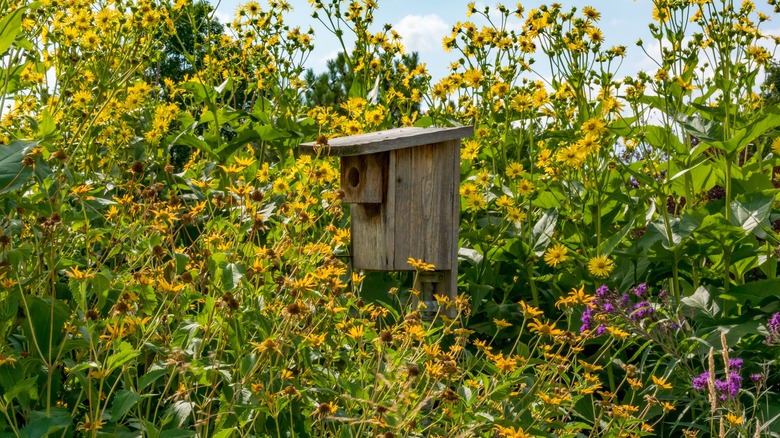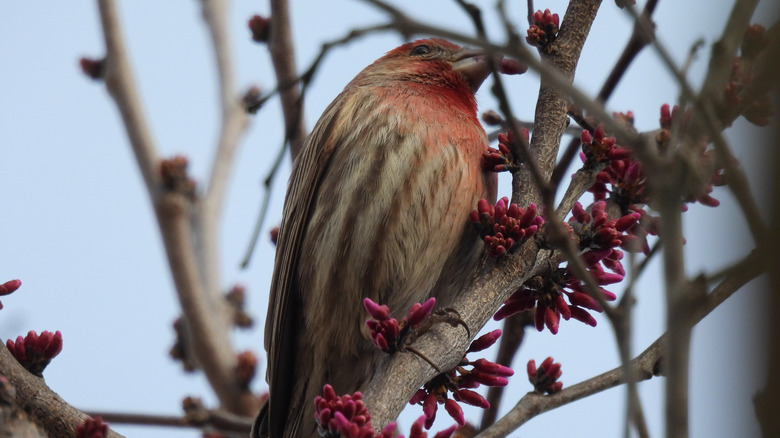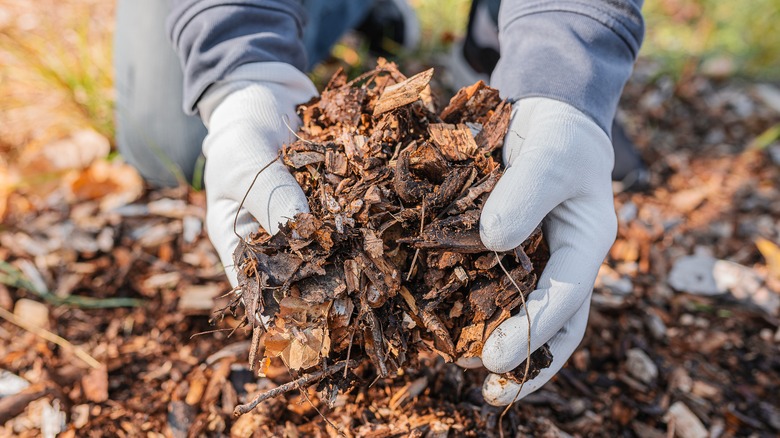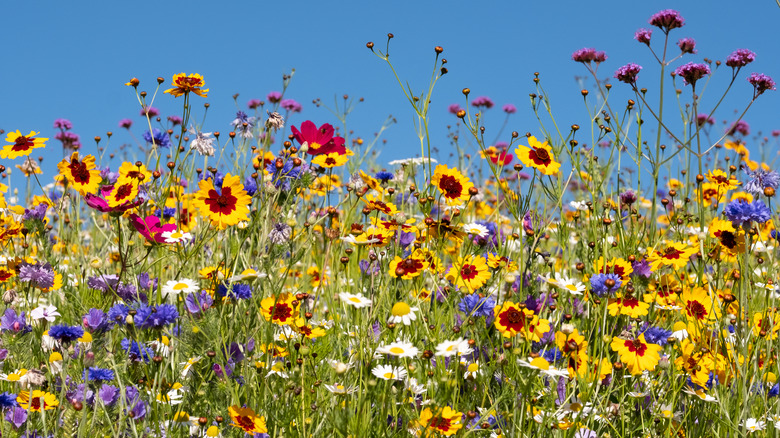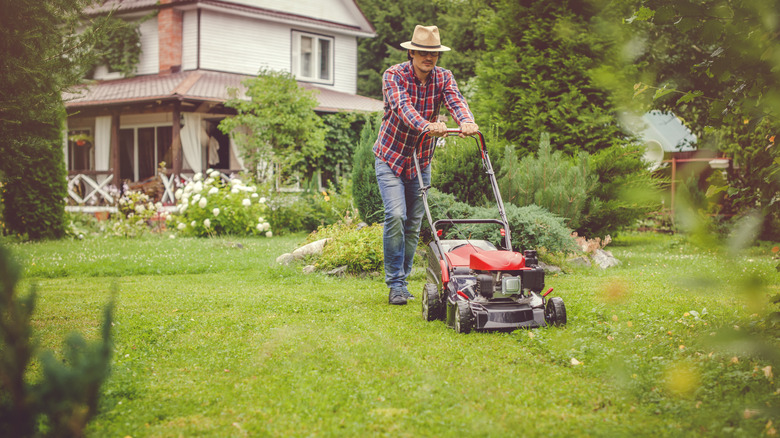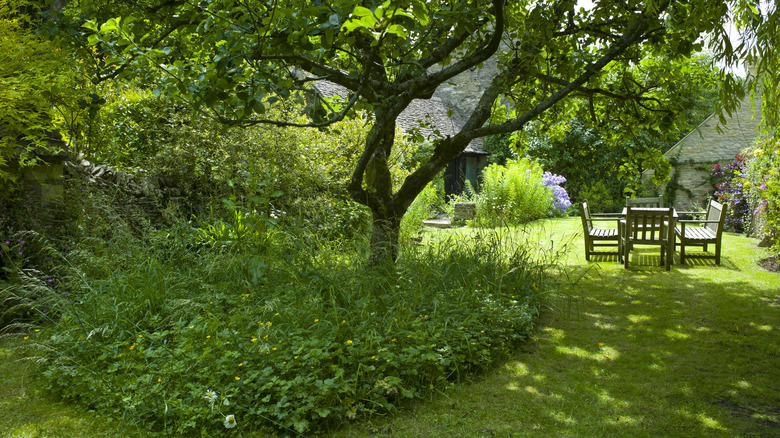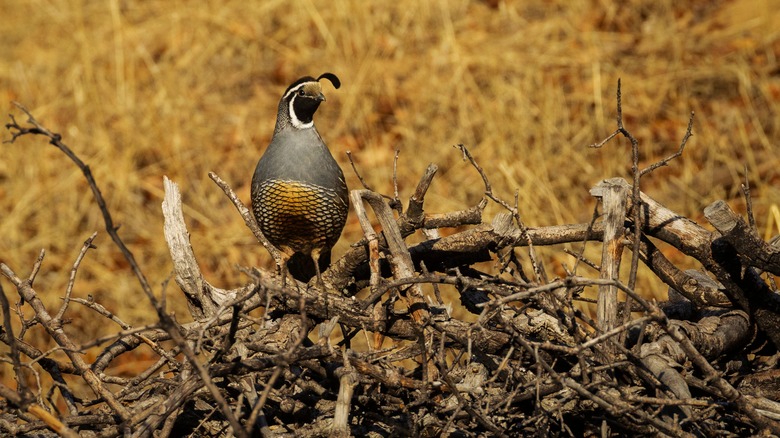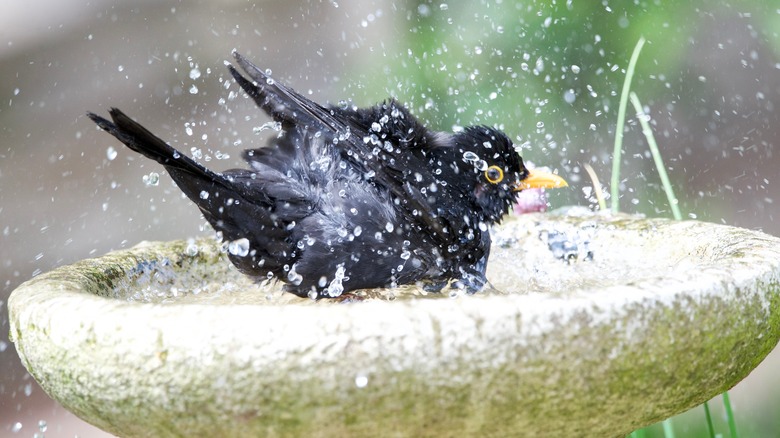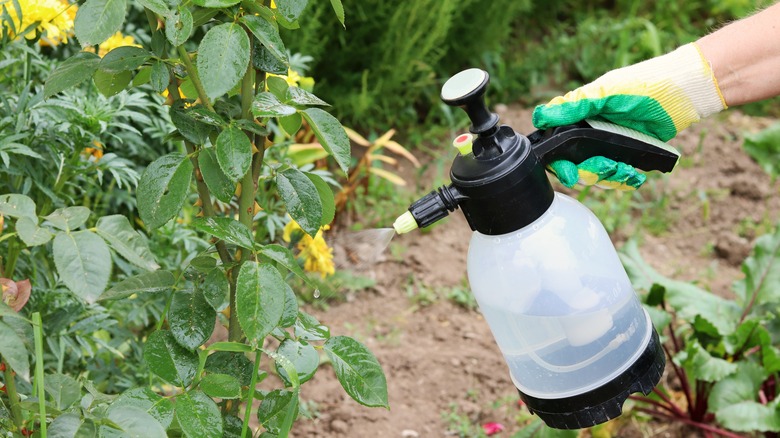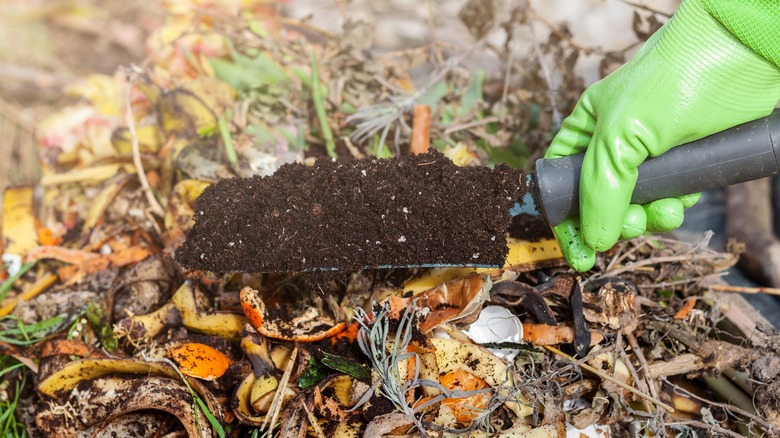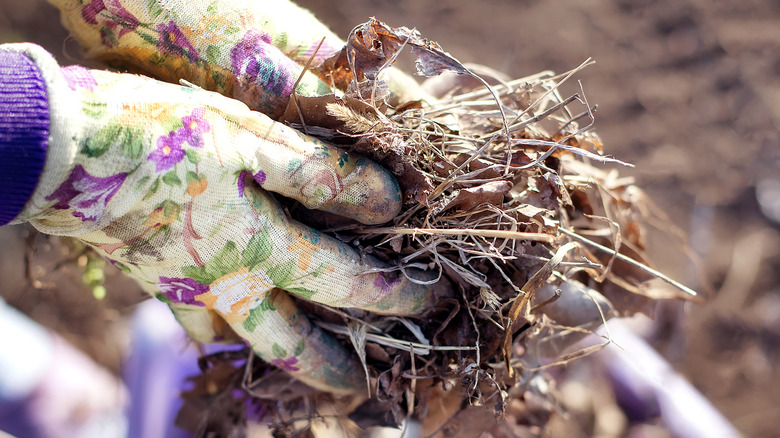Our Professional Gardener Tells Us Easy Ways To Bring Biodiversity Into Your Garden (And Why You'd Want To)
Biodiversity refers to the genetic variety of natural life forms in any given environment. In the garden, biodiversity can be achieved by having a variety of features in your garden that embrace a wide array of beings, including plants, insects, birds, wildlife, and microorganisms. There are many ways to encourage biodiversity in the garden and many of them are easy to implement. Biodiverse-friendly practices include prioritizing native plants, using organic products, and practicing low-impact gardening techniques such as infrequent mowing and delaying spring clean-up until after the last hard frost.
Increasing biodiversity can benefit the environment in many ways. It encourages the presence of beneficial pollinators, which not only keeps individual gardens thriving but, in turn, helps larger food sources like orchards and wild berries to stay healthy. Biodiversity also allows for a natural balance of predator and prey among insects, birds, and wildlife, while reinforcing the mutually beneficial relationship these creatures have with plants and soil.
Gardeners are in a great position to encourage sustainability and biodiversity by making simple choices to grow certain plants in their gardens and practice organic garden techniques. Becoming familiar with these practices means they become second nature. Over time an organic garden can have a significant positive impact on the local environment, including its flora, fauna, waterways, air quality, and overall well-being of the landscape and its inhabitants. Here are some simple ways to increase your garden's biodiversity.
Bring in native plants
Native plants are plant species that are indigenous to a given location, or that have been naturalized over many decades after having been introduced. For example, wild apple trees are now considered native to North America, as they have naturalized since being planted from seeds brought from Europe in the 16th century. Plant nurseries are increasingly offering a variety of native plants for local gardeners. These plants are valuable for biodiversity because they've adapted to be hardy to local conditions including soil, climate, and wildlife, and many native plants also attract local pollinators and birds.
Use natural mulch
Some commercial mulches contain dyes, pesticides, preservatives, or other chemicals. These chemicals repel various pests but also decrease biodiversity by deterring a larger variety of insects. These products may even be toxic to many insects or their larvae, as well as birds and other creatures. Biodiversity thrives in gardens where there are no unnatural chemicals used. Natural mulches such as dried leaves, grass clippings, pine needles, wood chips, and shredded pine bark break down gradually into the soil, improving texture and adding nutrients, creating food and shelter for insects, birds, and other wildlife, and increasing biodiversity.
Plant wildflowers
Wildflowers refer to the native flowers that grow in a given area and usually reseed themselves. They are found in a variety of habitats, from sunny meadows to shady forests. Planting wildflowers in your garden not only adds beauty but also attracts native pollinators and other creatures who feed on their nectar and seeds. Many online garden merchants sell assortments of wildflower seed packs appropriate to different regions, climates, and growing conditions. Once established, wildflowers will usually reappear each year through reseeding, effortlessly enhancing your garden's biodiversity and providing weeks of colorful, fragrant beauty.
Mow grass less often
Maybe you've heard of "No Mow May" and wondered why this is a good idea. The principle behind it is letting grass grow well into spring to provide shelter and food for insects, especially pollinators, thus encouraging greater biodiversity. There's some disagreement about whether "No Mow May" is ultimately a beneficial practice for bees, but letting your lawn grow a bit taller between cuttings (say, mowing every other week instead of every week) can help keep your turf and soil healthy, and allows for more feeding activity of various insects that live in lawns.
Plant trees and shrubs
If you already have mature trees in your yard, it's important to keep them healthy. Trees not only offer beauty and shade, but they also provide food and shelter for wildlife, and their roots are a complex mini-ecosystem that nourishes many creatures and microorganisms. Shrubs are also a way to enhance biodiversity, especially fragrant flowering shrubs that attract pollinators. Trees and shrubs can also support structures to attract birds, bees, and bats (pollinators who eat mosquitoes!), and drop leaves that decay and nourish the soil, as well as provide free natural mulch for flower beds.
Create small wild habitats
If you have space, leave some small areas "wild" by not mowing or raking fallen leaves, leaving natural debris undisturbed. Small "brush" piles can provide important habitat for all kinds of wildlife, creating a safe haven for overwintering with a food source. Resist the urge to tidy the area, as leaving it undisturbed is key to creating a safe and beneficial shelter for insect larvae, nesting birds, and even rodents who have had a litter of babies. This kind of mini-habitat for wildlife will add rich biodiversity to your garden.
Add a water feature or birdbath
If you have wetlands or a stream on your property, this is also a rich source of biodiversity. Even a small pond encourages a whole additional range of wildlife, including amphibians like frogs, toads, and salamanders. Amphibians also eat mosquitoes, and proper maintenance of the water feature means mosquitoes need not be a problem. You can also add a bird bath with a small solar fountain to keep water circulating, but be sure to clean your bird bath regularly; shallow, ground-level ones work best. This will attract birds and pollinators like dragonflies.
Avoid chemical herbicides and pesticides
Perhaps the most serious threat to biodiversity in home gardens is the use of chemical herbicides and pesticides. These toxic products not only poison wildlife, but can alter the reproductive cycles of insects, birds, and mammals. Also, recent research studies have shown that many herbicides and pesticides contribute to colony collapse disorder, as well as drastically reducing the population of other beneficial pollinators. There are many non-toxic methods for dealing with weeds (like vinegar), and using netting can protect food crops from insects. Avoiding the use of toxic chemicals keeps the garden ecosystem in balance.
Make a compost pile
Having a small compost heap for grass clippings and raked leaves is the basis for making your own nutrient-rich soil additive. Instead of buying bags of compost, you can make your own DIY compost for free. You can also add household food waste such as eggshells, coffee grounds, and vegetable peelings. This not only prevents more waste in landfills but provides a natural source of soil nutrients for your vegetable garden and flower beds.
Delay spring clean up
Holding off on raking leaves and other spring clean-up tasks in the garden until after the last hard frost date has many benefits for biodiversity. This practice allows pollinators to emerge safely from overwintering shelters and seek out food sources. The natural decaying matter left behind by leaves also nourishes the soil, helping increase beneficial microbes, and improving soil drainage and texture. Wait until the ground has softened and early spring birds come around looking for insects before doing spring clean-up; these signals from nature are a reliable reminder to start our spring work.
